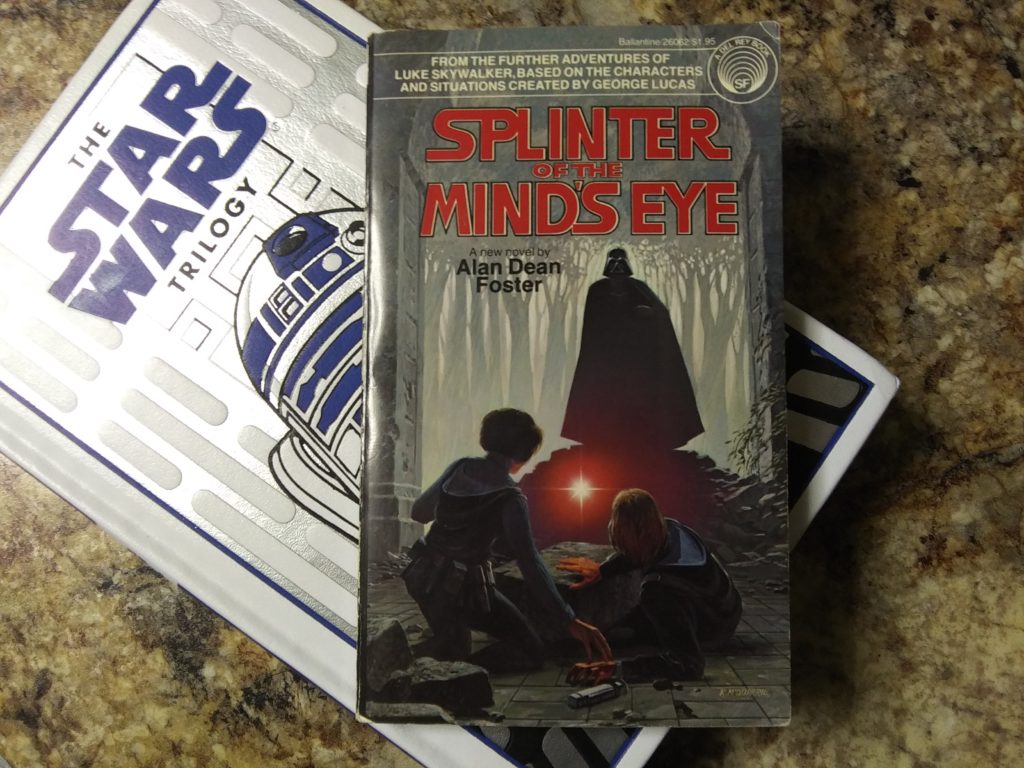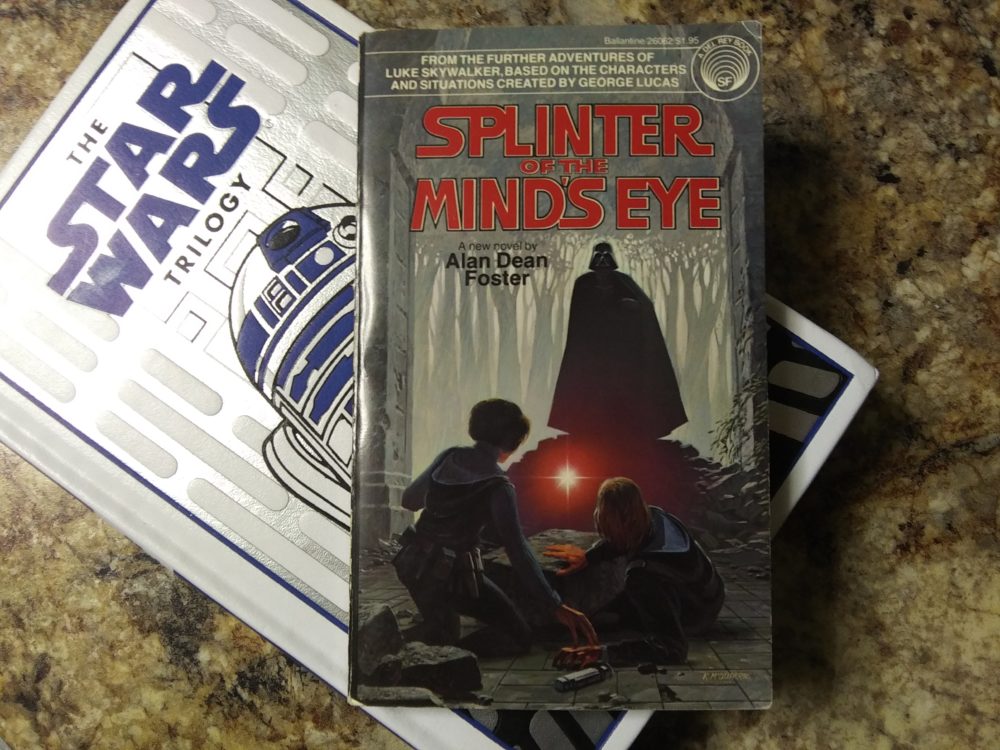A tale that could have changed the course of a beloved movie franchise

‘Splinter of the Mind’s Eye’ could have taken the Star Wars franchise in a very different direction.
With December’s “The Rise of Skywalker” closing off the Star Wars saga in a definitive, albeit forced close (see what I did there?), I thought it was a great chance to explore a Star Wars story which could have changed the series forever.
The story of this book’s history is more interesting than the story it tells. While making his epic sci-fi classic “Star War” in 1977 (Later better known as “A New Hope”), filmmaker George Lucas always planned on starting a trilogy but was uncertain how financially successful it would be.
Therefore, he had science-fiction author Alan Dean Foster crafted a story for a sequel in novelized form for a potential extremely low-budget film. It was written as a thin plot with no epic space battles and no Han Solo (due to Harrison Ford’s reluctance to reprise his role) to make shooting the film as cheap as possible.
The story was titled “Splinter of the Mind’s Eye” and was published in March 1978.
The story focuses on Luke and Leia after the destruction of the Death Star in “A New Hope.” They crash-land on a jungle planet where they are aided by a wise old woman named Halla, as well as two furry alcoholic aliens called the Yuzzem.
They are pursued by agents of the Empire as well as Darth Vader. In their journey, they find magical Force crystals. They then travel through dark watery caverns, float on a giant lily pad and battle a tribe of underground cannibals as well as a gigantic lizard.
Luke and Leia soon find themselves in an abandoned Jedi temple where they are confronted by Darth Vader who kills the Yuzzem and deactivates the droids.
In the culmination of the story, both Leia and Luke respectively battle Vader in a lightsaber duel. Vader beats Leia to death and Luke then takes up the lightsaber and fights. During the fight, Luke severs one of Vader’s robotic arms before being overpowered by him.
However, Luke and Leia are saved when Vader trips over his severed arm and falls down a bottomless pit (still a better subversion of expectations than Luke throwing away his lightsaber). That is not the end of the story, however, and leaves the story open to continuation.
The story is not without its faults. It was made before Darth Vader’s popularity as a villain blew up in pop culture, so he is described as a “henchman” (that would be like calling the Joker a henchman).
Luke Skywalker does not feel like Luke Skywalker. I know that’s a cheap thing to say after “The Last Jedi,” but he feels more like the roguish, sarcastic Han Solo.
For example, in the opening he slaps Leia after she disrupts his meal and explains to the people in the cantina they are in that he does this whenever Leia gets out-of-line.
Luke and Leia develop a slow-growing attraction to each other through the book. This was before Lucas decided to reveal they were siblings, but it still comes off as plain weird.
As unique as this story was, I am wholeheartedly glad we received “The Empire Strikes Back” instead. Due to the majestic success of “Star Wars,” this story was scrapped and Lucas developed a more ambitious story for a sequel.
Another legacy it left was kicking off the expanded universe of stories inspired by films. Despite Disney declaring the plethora of Star Wars mythology non-canon, this story deserves more recognition.
It is simply a sci-fi story that could have happened and didn’t and it is still fun to imagine what “Star Wars” could have turned into.
